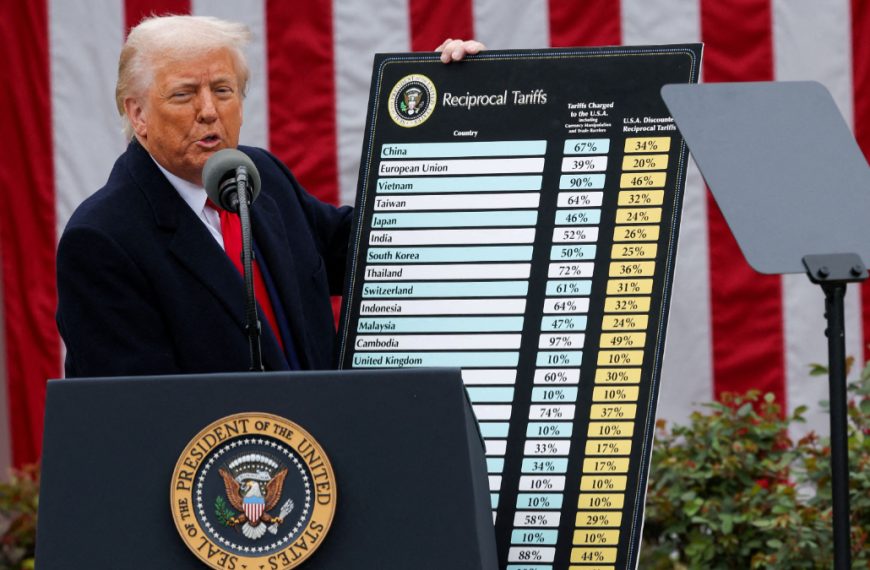As the cement industry gears up for a promising future, manufacturers are expected to enter a significant earnings upcycle by FY26. Analysts predict a resurgence in demand alongside enhancements in profit margins, primarily driven by strategic cost reductions. A recent report from brokerage firm UBS highlights that previous challenges—weak demand, pricing pressure, and stiff competition from the Adani Group—have largely been addressed, paving the way for a robust recovery.
Factors Driving Cement Industry Growth
Several crucial elements are set to propel cement manufacturers towards stronger financial performance. Analysts from UBS note that the following factors will play a pivotal role:
- Housing Boom: Both rural and urban residential construction is anticipated to flourish.
- Increased Government Spending: Significant capital expenditure on infrastructure projects will boost demand.
- Market Consolidation: Major players like UltraTech and Ambuja are leading efforts in sector consolidation.
“In our analysis, key drivers for cement demand—including housing, infrastructure, and commercial projects—are converging. This alignment is expected to propel sector volume growth at an impressive 7-8% CAGR, or about 1.0-1.2 times the real GDP growth over the medium term,” states the UBS report.
Price Trends and Future Projections
Cement prices, which experienced an 8% drop during the first nine months of FY25, have likely reached their lowest point. Experts suggest a gradual recovery is on the horizon. According to a JP Morgan report, prices began to rebound in December, and no significant rollbacks have occurred in any regions. UBS analysts concur, predicting that pricing will continue to improve throughout FY26 and FY27.
Beyond price stabilization, cement companies are set to enjoy the benefits of structural cost reductions as they shift towards more sustainable practices. UBS emphasizes that initiatives such as:
- Adoption of renewable energy
- Implementation of waste heat recovery systems
- Usage of alternative fuels
These innovations are expected to yield cost savings and enhance profit margins over the next two to three years. Additionally, improved logistics, driven by increased railway usage and the adoption of electric vehicles (EVs) and compressed natural gas (CNG), will further contribute to cost efficiencies.
Volume Growth and Market Dynamics
UBS forecasts an 8% increase in cement sales volume for FY26, backed by sustained housing demand, government infrastructure investments, and positive rural economic indicators. However, sales volume growth was limited to 2% in the first half of FY25, a stark contrast to the 10% CAGR observed between FY22 and FY24. This slowdown was largely influenced by the upcoming general elections in May 2024 and adverse weather conditions, including early heatwaves and heavy monsoon rains that hindered construction activities.
Despite the recent consolidation trends, the industry is expected to continue evolving. UltraTech and Ambuja Cements have successfully acquired five companies in the last three years. Analysts predict further acquisitions, although they anticipate valuations will stabilize around $100 million per tonne, as most easily accessible targets with weak financials have already been absorbed.
Recent Acquisitions and Investor Sentiment
Ambuja has recently made headlines by acquiring Sanghi Cement, Penna Cement, and Orient Cement at enterprise values ranging from $70/tonne to $113/tonne. Similarly, UltraTech has expanded its portfolio with acquisitions like India Cements and Kesoram, valued at $85/tonne and $94/tonne, respectively.
Investor confidence in cement stocks remains strong. On a recent trading day, UltraTech’s shares closed at Rs 11,428.05, marking a 3.41% increase on the BSE. Other cement stocks also experienced modest gains, with Ambuja up by 0.28%, Dalmia by 0.20%, and Shree Cement by 0.40%.
As the cement sector braces for growth, industry stakeholders are keeping a close eye on these developments, anticipating a bright horizon ahead.











